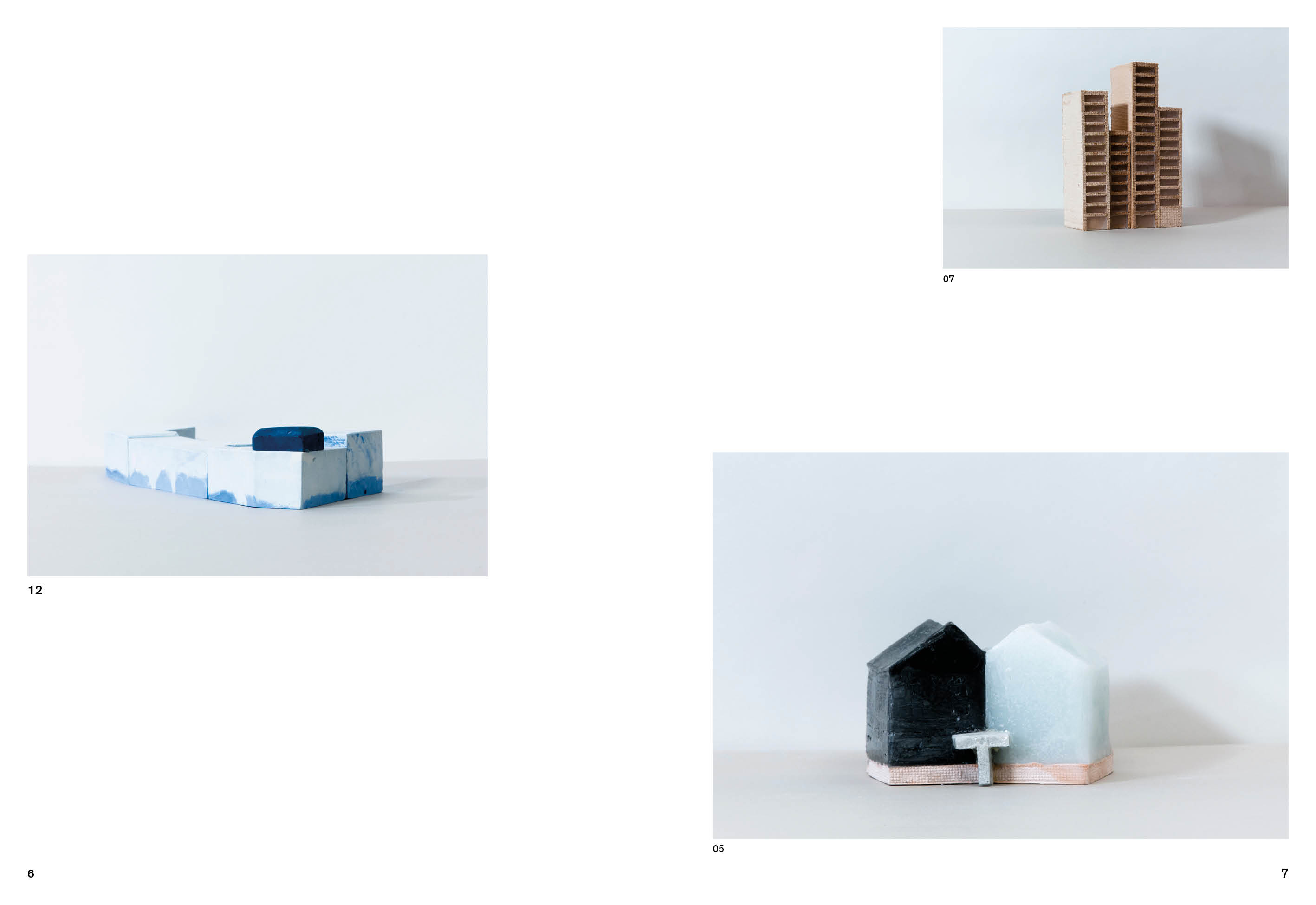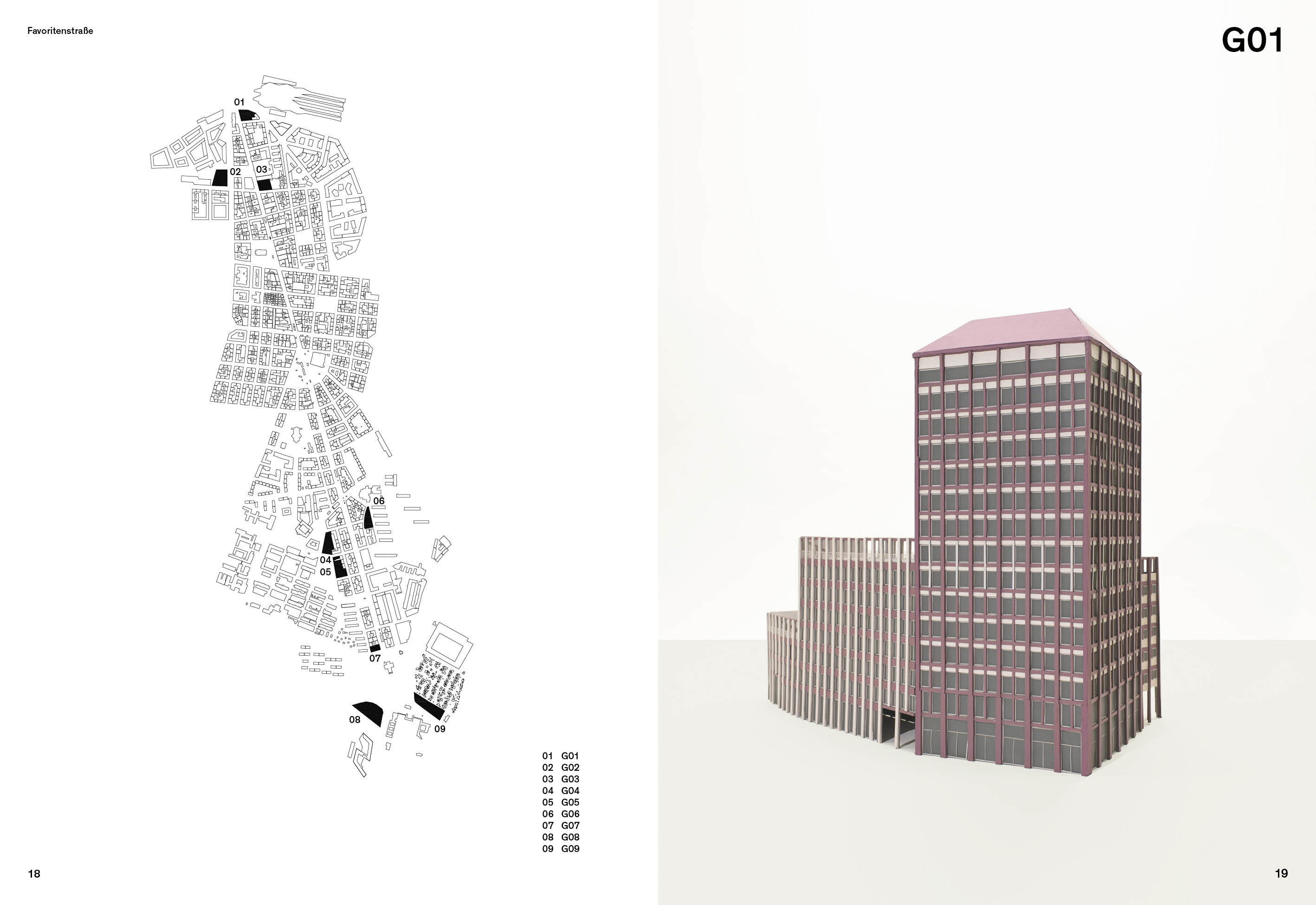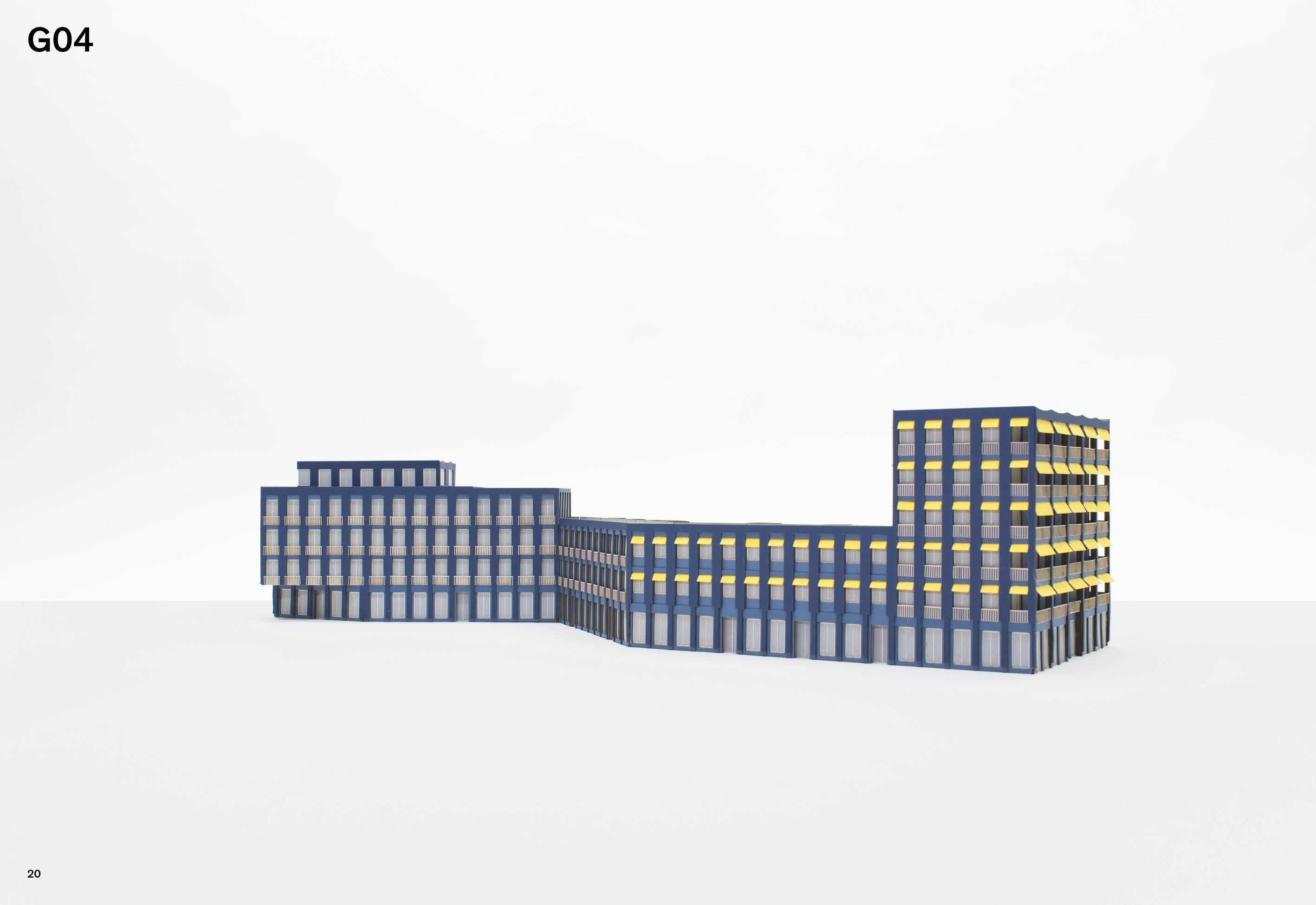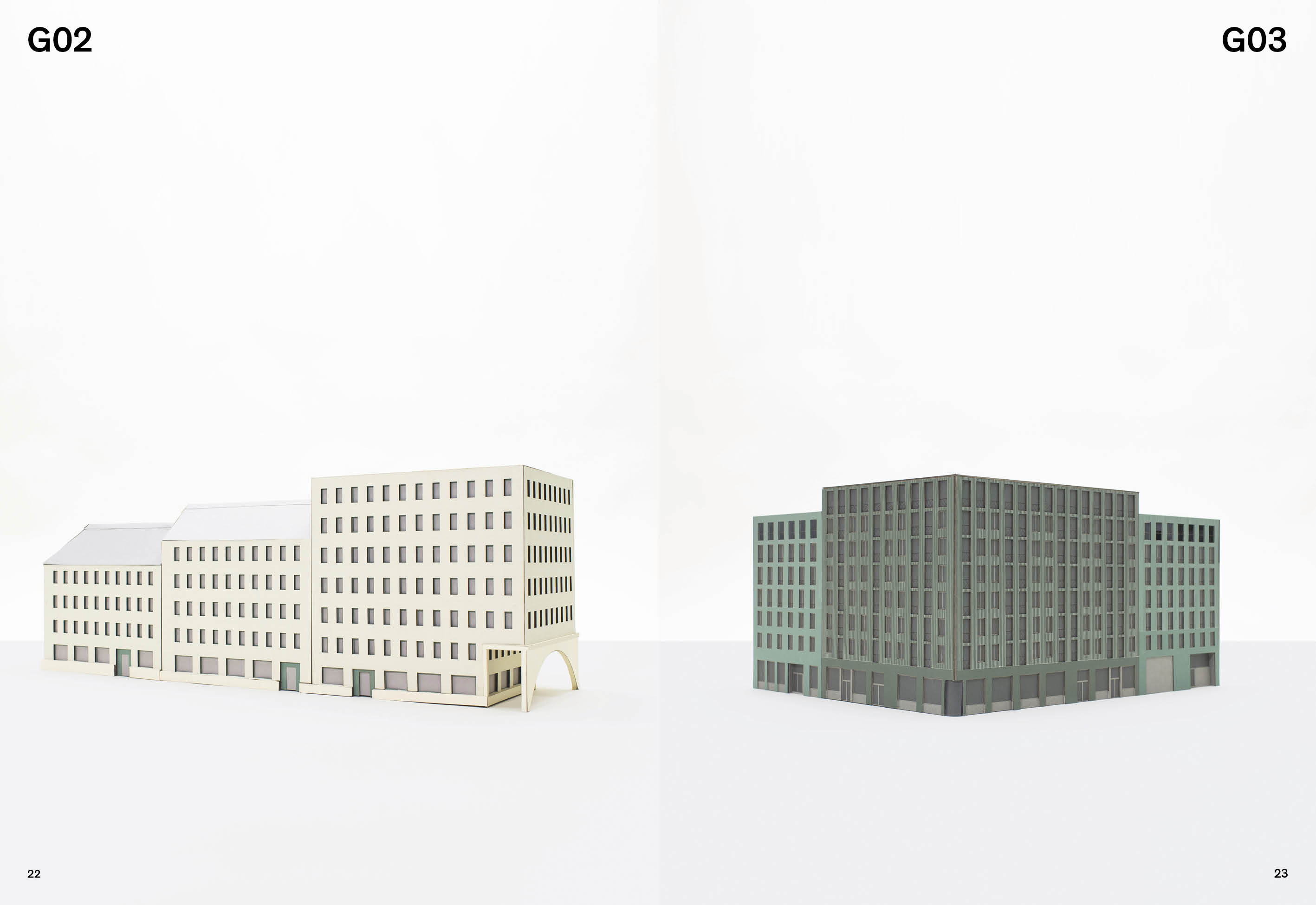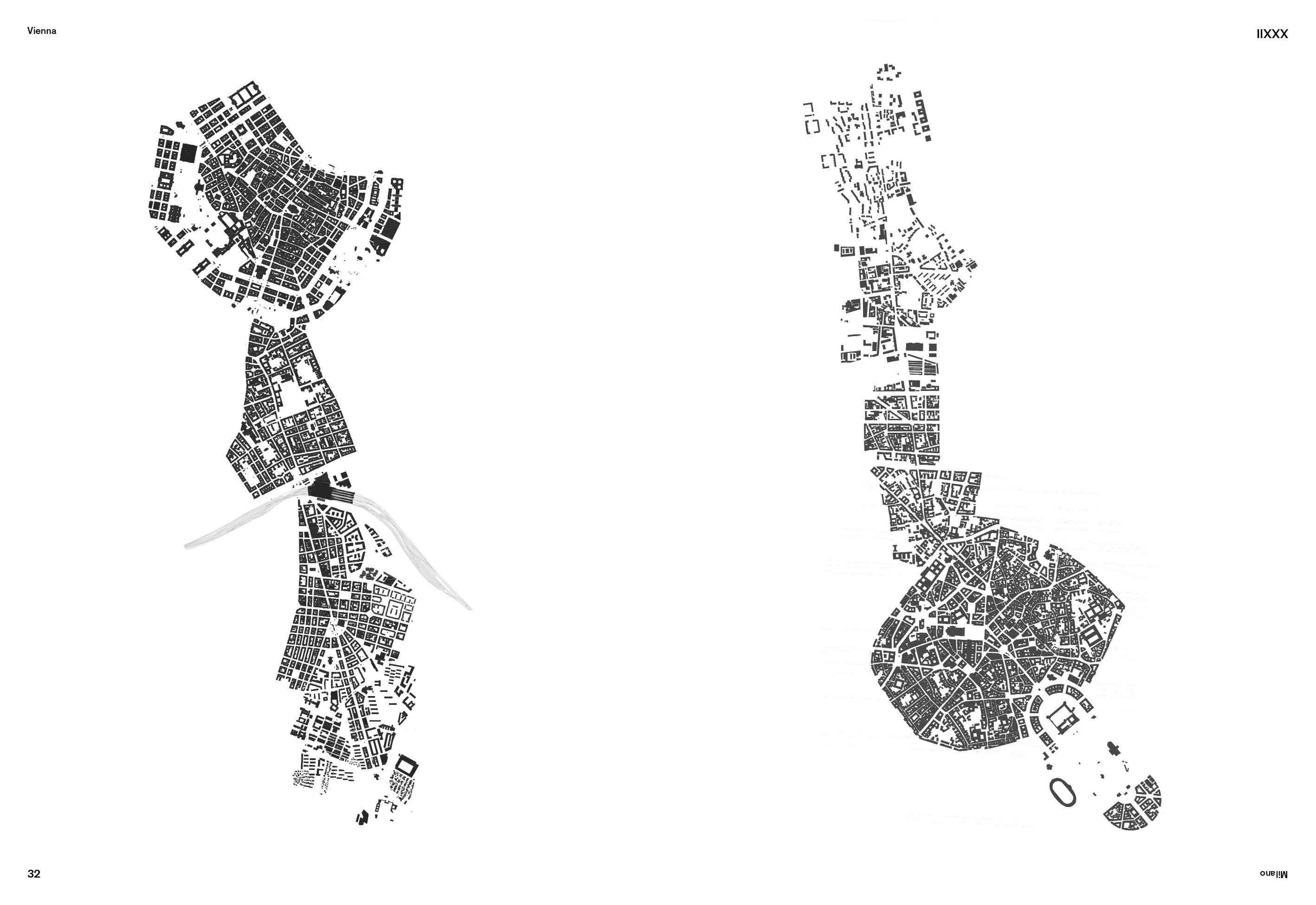Kann eine zufällige Ansammlung von Gebäuden, von denen jedes als einzelnes entworfen wurde und nichts als seinen eigenen unmittelbaren Zweck zum Ausdruck bringt, wirklich als eine Stadt bezeichnet werden?
Wenn das Entwerfen analog zur kuratorischen Praxis verstanden wird, können wir es darüber hinaus auch als Prozess von Auswahl und Anordnung verstehen. Das Entwerfen eines Gebäudes folgt Spuren, die morphologisch und typologisch sind, die dem spezifischen Ort, aber ebenso genealogischen Verbindungen zu fremden Orten angehören. Gemeinsam ist diesen Spuren ihre Beziehung zu Bestehendem: Entwerfen ist weniger Erfinden als Entdecken, weniger Hinzufügen als Freilegen. Building of Buildings bedeutet in der konkreten Aufgabenstellung, den Kontext überraschender Weise als Vordergrund zu verstehen, während das zu entwerfende Gebäude jederzeit zwischen Figur und Grund oszillieren wird. Je intensiver der Entwurf, desto stärker wird die Oszillation ausfallen. Wir betrachten den Stadtraum als Protagonisten unseres Entwerfens, als Sammlung unserer Exponate und als Inhalt unseres Tuns.
Ein Gebäude aus Gebäuden ist die Quintessenz von Urbanität, steht es doch an der Schnittstelle zwischen dem Maßstab des einzelnen Hauses und jenem kollektiver Strukturen. In seiner besonderen Ausformung kann es zugleich sowohl eine Komposition von zwei oder mehr Elementen darstellen als auch eine einheitliche Präsenz, eine einzelne Gestalt.
Bearbeitet von
Wilfried Kuehn, Angelo Lunati with Emilio Ellena
Anerkennungen
Inge Andritz, Hermann Czech, Lorenzo De Chiffre, Job Floris, Tony Fretton, Tina Gregoric, David Kohn, Wilfried Kuehn, Christian Kühn, Simona Malvezzi, Umberto Napolitano, Michael Obrist, Pier Paolo Tamburelli
Lehrassistenten
Sarah Deubelli, Amy Estermann
Übersetzungen
Saskia Haag
Copy Editing
Pamela Johnston
Fotografie
Nermina Dolamić, Julia Wannenmacher
Design
pupilla grafik
StudentInnen
Behnam Akbarzadehghorbani, Lou Andersson, Emma Ariaudo, Joshua Berroth, Camilla Calabrese, Rosaria Carlino, Cristiana Czerwinschi, Jean-Baptiste Diot, Laura Duchesne, Ege Engin, Karine Espedalen, Marek Frait, Kathrin Geußer, Marta Inama, Sander Janssen, Tamara Knezevic, Judith Köhler, Fabian Kompatscher, Radim Koutny, Antonia Löschenkohl, Sofija Milenovic, Mariapaola Nastro, Lukas Newman, Noah Otte, Elisa Plank, Theresa Pointner, Denise Redl, Vladimir Reisch, Mikaël Rey, Óscar Santos, Grischa Schmidt, Idil Sentürk , Paulina Slivkova, Sebastian Steenbock, Matilda Svensk




